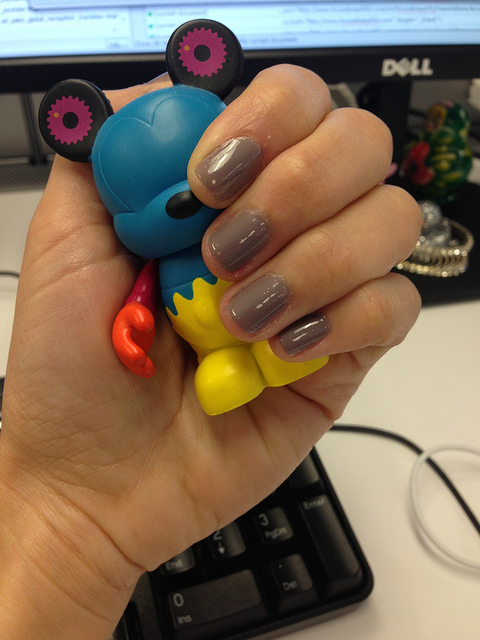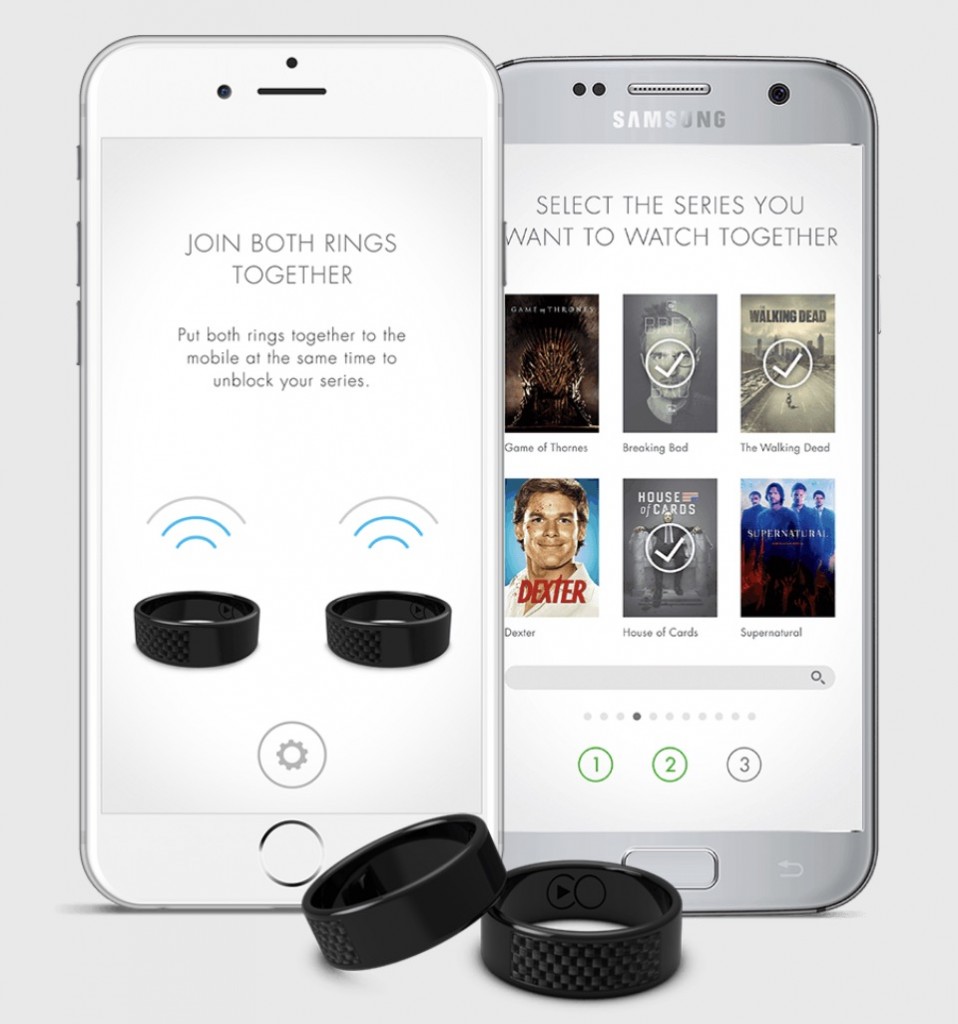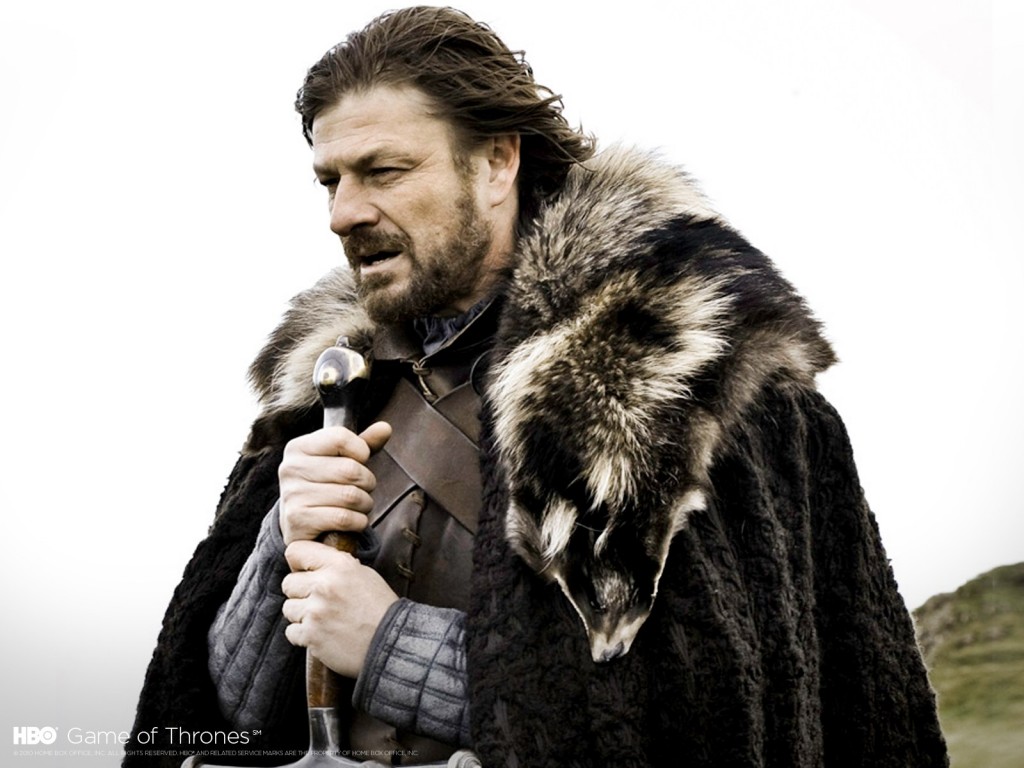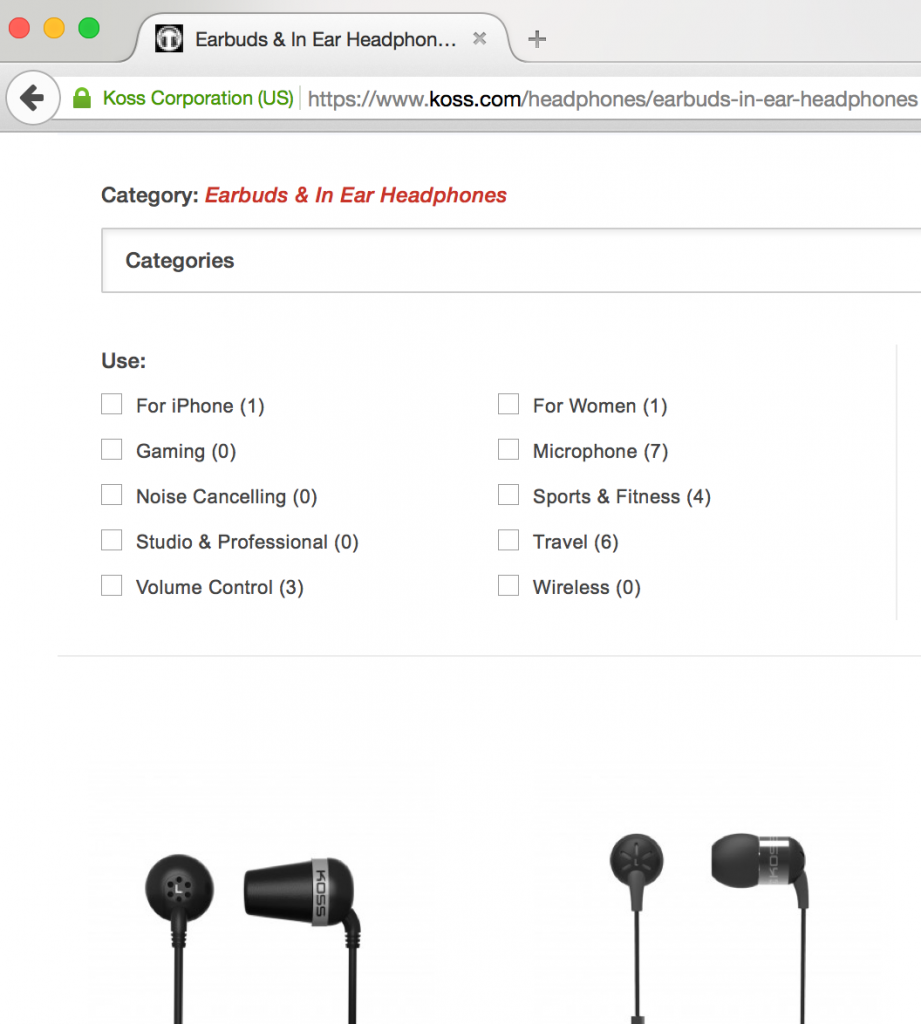A little while ago I wrote about the market on “wearables” for women. I did some research on a few different options in part to share here and also in part because I was interested in picking one up for myself. I did finally end up picking one up, but it may not be what you might’ve expected me to select.
I thought Ringly was really really pretty but ultimately I decided a little too impractical. And, while the Apple Watch would be in line with my Apple sensibilities, it is a little too pricey and, frankly, a little bulkier than I would like it to be given my small wrists. I realized that, for me, I would prefer a wearable more for its ability to track my caloric expenditure per day and my sleep per night. Anything beyond that is a nice to have.
With this in mind, I narrowed down my search to the recently revamped Jawbone Up3 and the Fitbit Charge HR. When it comes to new tech, I typically consult with my younger brother who I trust about these things. He also owns a Jawbone so I thought it would be great to get his opinion from his own life experience — and he recommended I opt for the Fitbit, much to my surprise.
So, when I had the opportunity to get one of these for free via some points I racked up, I opted with the Fitbit Charge HR. I think the form factor of the Jawbone is still more appealing to me (feels much smaller and more discreet) but I’ve found I like the Fitbit and I’ve found its tiny display helpful. Even though I went for the “small” size of the Fitbit Charge HR, it still feels big on my wrist and it took a little while to get used to. That said, I got it in black and I think the textured pattern to the wrist strap is very sophisticated and keeps it from getting easily scuffed-looking. The tiny display does get scuffed (I bump into walls sometimes…) but it’s pretty easy to clean and rather resilient. The thing is pretty sturdy and I like that the black is pretty gender neutral.
I like the fact that it only has one button — that’s it! If I tap the display face or tap the button it has the same effect, but the tap is something you can customize. You can also customize how it displays the date and time (I like seeing the time and then today’s date underneath) when you hit the button once as well as what pieces of data it tracks that you’d like to see when hitting the button subsequent times.
While the Fitbit Charge HR says it can automatically track your activity, you can also tell it, “hey, I’m exercising right now so track me accordingly!” I use this feature a lot when I go to my muay thai (i.e. kickboxing) class. All I do is simply hold down the button until I feel a little vibration; once the unit vibrates, I know it is tracking my exercise explicitly. Also, I should mention that, while I can’t speak for other activity trackers, this one is wearable during activity like this. For better accuracy during periods of activity, Fitbit recommends wearing the device a bit further up the arm (away from the hand) so I usually just push it up and wrap my hands just adjacent to it. It doesn’t get in the way and tucks nicely into boxing gloves so for amateur training, this is a great way to track just how much you burn while training.
The best part of the Fitbit though is probably the app. Their app is well-designed; it looks pretty and it works. And, if you have a phone with an accelerometer, you don’t even need to have a Fitbit to use their app. This makes it way more fun to engage in their “Challenges” where you and your friends compete for the most steps in a given period of time. That said, if you do have the Fitbit Charge HR and happen to wear it while you sleep, the app will tell you how well you slept every morning. I find this information super valuable as it helps me understand how cranky I’m predisposed to be that day (I admit, I am not the nicest person when I’m tired). I also find it fantastic that it just knows when I’m sleeping — I did not have to tell it that I was going to sleep, which is impressive in that human sleep patterns are so easily discernible by our future robot overlords…
I also find the Fitbit goals very interesting. I’m currently trying to shed a few pounds to get back to my goal weight and so I set a weight goal. I tell Fitbit app how much I weigh every so often and it will keep a log for me (if I had their scale, I suppose I wouldn’t even need to tell Fitbit, but I’m not in the market for a new scale so can’t validate that purchase!). It will also tell me how many calories I should eat to make my goal weight in the given period of time I told it I want to get there. What’s really great about the Fitbit app is that it integrates rather nicely with MyFitnessPal, which already has a fantastic interface for food journaling. So I enter my food intake into MyFitnessPal and then the Fitbit app knows how many calories went in and, based on my heart rate, how many calories went out. Losing weight is all about creating a calorie deficit and this app is able to make that incredibly plain in a really easy to follow way.
Overall, I really enjoy how the Fitbit app focuses on the positive aspects of fitness rather than all the “fitness inspiration” that can just be defeating or guilt-tripping which nobody likes. Allowing anyone to play Challenges, even folks who don’t have a Fitbit, is really democratic and it makes it really fun. With the Challenges, my only gripe is that I wish there were more options such as being able to create challenges based on calories burned. Gameification is a huge motivator for folks and I think a lot of people already do this in their work places with “biggest loser” challenges so why not extend that functionality to live within this app?
I have two complaints but they are relatively minor. The first is regarding the heart rate monitor. The heart rate monitor can definitely light up your room at night if you are wearing the device loosely against your wrist — it would be great if there was a way to avoid the flashing lights! My second complaint is regarding charging. While I appreciate that it sends an email (yes, it emails you to let you know that it needs some juice!), I wish I didn’t have to use this very specific-to-Fitbit wire to charge the thing. This means that, if my Fitbit is dead while I’m away from home, it would be impossible to charge unless I have the specific cord for charging it. Ideally, I’d love to be able to just set it down on a platform to charge wirelessly but, if it has to be a wire, I would’ve just preferred that to be something more universal like mini or micro USB as I already carry some of these wires in my bag for other purposes.
Finally, if there’s one thing that really sets Fitbit apart it’s the “surprise and delight” factor. When I fully charge my Fitbit and attempt to unplug it from charging, I usually see a message on the screen. This is not something I ever customized but it displays some sort of vaguely motivational message like “Rock On” or “Go.” It is subtle but one of those really nice touches and, to some degree, it serves a purpose as it lets me know that, yes, this device is now fully charged and ready for action.
To summarize my feelings on this particular wearable, I find that I’m wearing it more than I’m not wearing it! I only take it off when I have to shower or charge it — otherwise it is tracking my steps and activity. And, while I know there are way more features in other wearables, I find that the Fitbit Charge HR has just the right amount to meet my needs.




